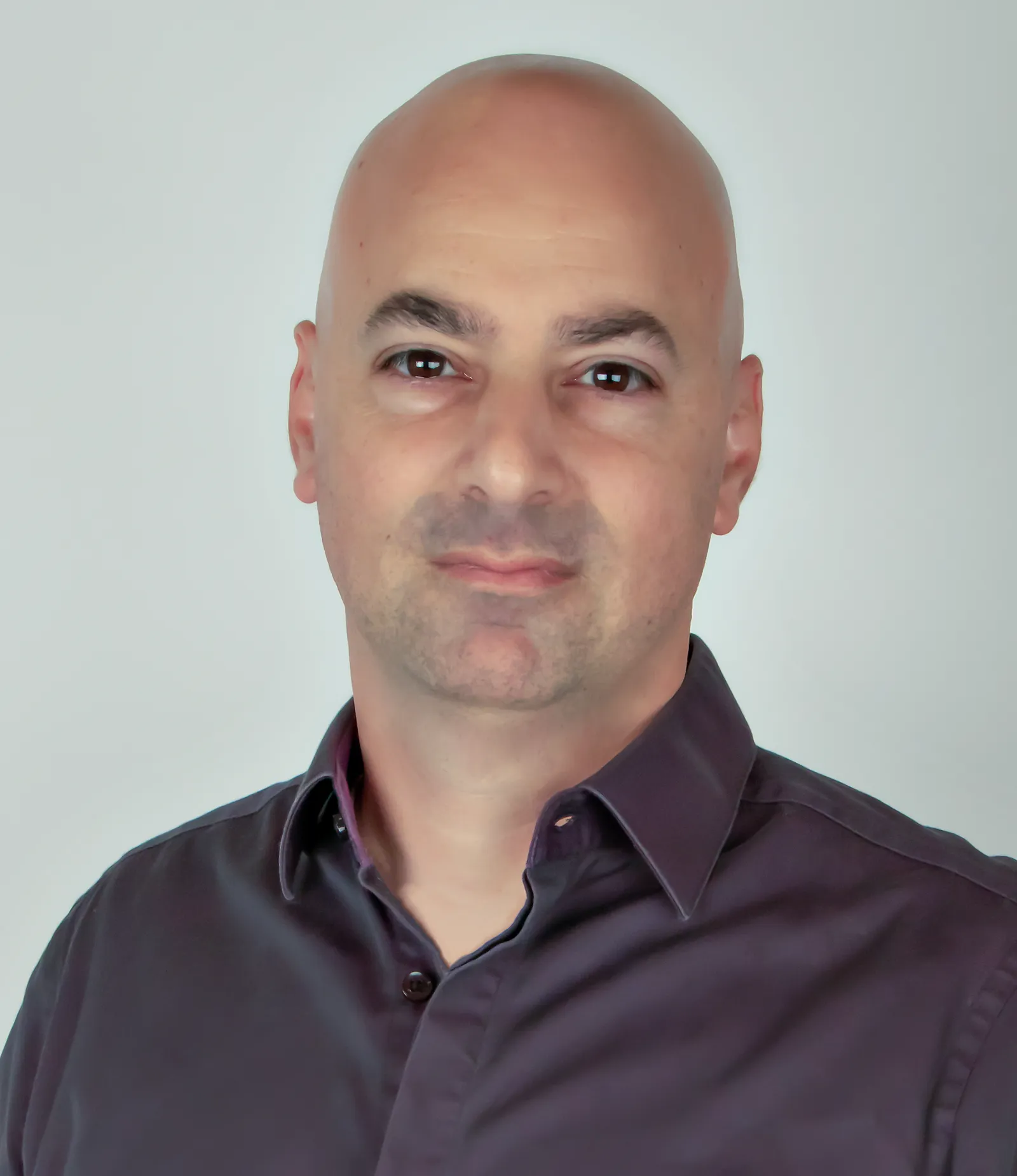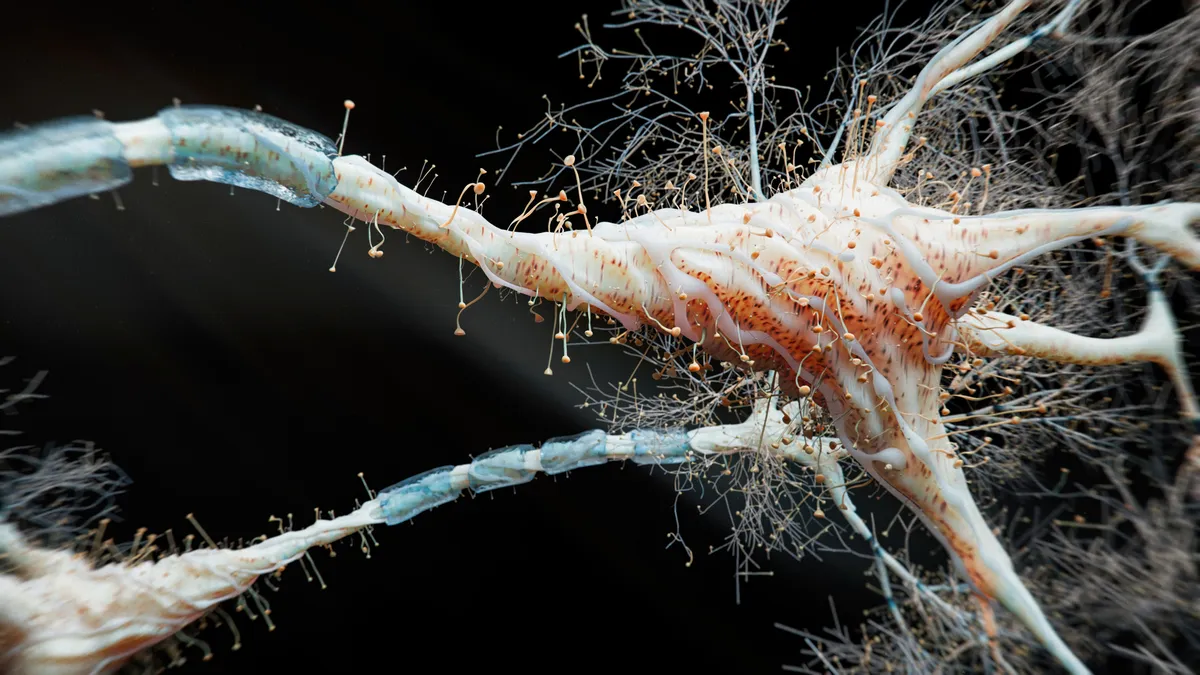Patients with amyotrophic lateral sclerosis (ALS) are witnessing a treatment revolution over 20 years in the making, and there’s more innovation on the way.

Before the 2017 approval of Mitsubishi Tanabe’s Radicava, the treatment landscape for ALS had become a barren wasteland. The first-ever drug approved for ALS, riluzole, came to the market in 1995, and then other companies failed to produce an effective therapy until Radicava came around. A few years later in 2022, Amylyx Pharmaceuticals followed up with an FDA nod for Relyvrio, a combination therapy that became the first to slow the progression of ALS.
Now, in the wake of 2014’s viral “ice bucket challenge” that raised over $100 million for ALS research, more companies are propelling their own combination treatments that could provide new routes for patients with the devastating disease. Among them is NeuroSense Therapeutics, which, along with partner Biogen, is bringing the oral therapy PrimeC into the home stretch after mid-stage results were positive for safety and efficacy. As a partner, Biogen is exploring ALS biomarkers called neurofilaments to mark disease progression and treatment viability.
"Nowadays, we understand [ALS] is a very complex disease that involves many targets, and when you’re going for only one, the likelihood you’ll see a clinical benefit is relatively low. And many failed in this field."

Alon Ben-Noon
CEO, co-founder, NeuroSense
Clinical-stage NeuroSense also has a mid-stage program in Alzheimer’s disease and is doing preclinical work in Parkinson’s diseases. PrimeC would be its first go at a commercial product.
Here, NeuroSense CEO and co-founder Alon Ben-Noon discusses the rapidly changing ALS therapy landscape, where PrimeC fits into that conversation, as well as the treatment and regulatory challenges that lie ahead.
This interview has been edited for brevity and style.
PHARMAVOICE: The approval and launch of new ALS therapies in recent years highlights the more than 20-year gap with no new drugs. Why did it take so long to address that need?
ALON BEN-NOON: It’s a combination of several factors. There was less awareness in the early 2000s, and the few companies that tried to tackle this disease were approaching it via one targeted mechanism. Nowadays, we understand that it’s a very complex disease that involves many targets, and when you’re going for only one, the likelihood you’ll see a clinical benefit is relatively low. And many failed in this field. Since the ‘ice bucket challenge,’ awareness increased so much, and we learned so much from research that started after [that] about the different mechanisms involved in motor neuron degeneration. So now, there are three companies working on combination treatments: Amylyx, which got their drug approved; ourselves, with a combination of ciprofloxacin and celecoxib; and Coya Therapeutics.
How does NeuroSense’s PrimeC fit into the landscape moving forward?
To start with the basics, PrimeC is safe, well-tolerated and we’re seeing meaningful benefits for patients — a 29% difference between placebo and the active arm in 68 patients. In general, though, where it fits is that clinicians are saying they will take any approved drug and prescribe it to their patients as long as there is no drug-drug interaction. From their point of view, let them have everything, a nice cocktail of drugs, because we don’t know which type will affect them the most. This approach is quite common among many clinicians for ALS. And it makes sense.
That’s why we don’t necessarily see competition among companies — whatever can help patients, they should have it. Of course, the one thing that may be an issue is reimbursement because insurers might say, we cannot afford to pay $160,000 annually for Relyvrio and $140,000 for Radicava and whatever it will be for PrimeC, so we think it will relate to the magnitude of the effect the drug shows in a pivotal study, and in conjunction with safety profile and pricing at the end of the day.
Biogen is one of the companies with a newer therapy, Qalsody, and you’ve collaborated since 2018. Can you talk about how that partnership came about and the dynamics of working with such an established biotech company?
Biogen was tracking us and were impressed with the data we presented to them. But of course, until you have definite results in this complicated indication, they are quite prudent. They are experts in the field, and they were curious before we had results to take analyses of blood samples, and we were happy to collaborate with them on that. They get the right of first refusal, and they are going to continue statistical analyses. Biogen is not just an expert in neurofilaments — they also genuinely care about ALS patients, and they want to provide more effective treatments. We think they can be a great partner to move our program forward to the market.
Speaking of Biogen, they’re no stranger to regulatory controversy in the neuroscience field. Are there any of those factors you need to take into consideration as you bring PrimeC toward approval?
I need to be careful with what I say not to over promise to patients and investors, but obviously, if we have great neurofilament data and it correlates with clinical outcomes and more supportive biomarkers, we intend to talk with the FDA about the option for accelerated approval. But we are also going to talk with them about phase 3 study design, because we will do a phase 3 study even if we get amazing data ahead of accelerated approval, same as they did with Amylyx.
With this wave of ALS drugs reaching patients, what’s next for NeuroSense that you’re excited about?
The most exciting thing is of course the neurofilament data that is expected very soon. There are more collaborations going on with regard to the Alzheimer’s program, and the discussions with regulatory agencies that will show us the path forward to advance PrimeC to patients.
It’s hard to talk about the individual patient, but there is huge hope. It fills us with a really good feeling that we’re doing something patients are happy about. So the fact that they believe we can affect the disease and slow progression makes us very happy.



















